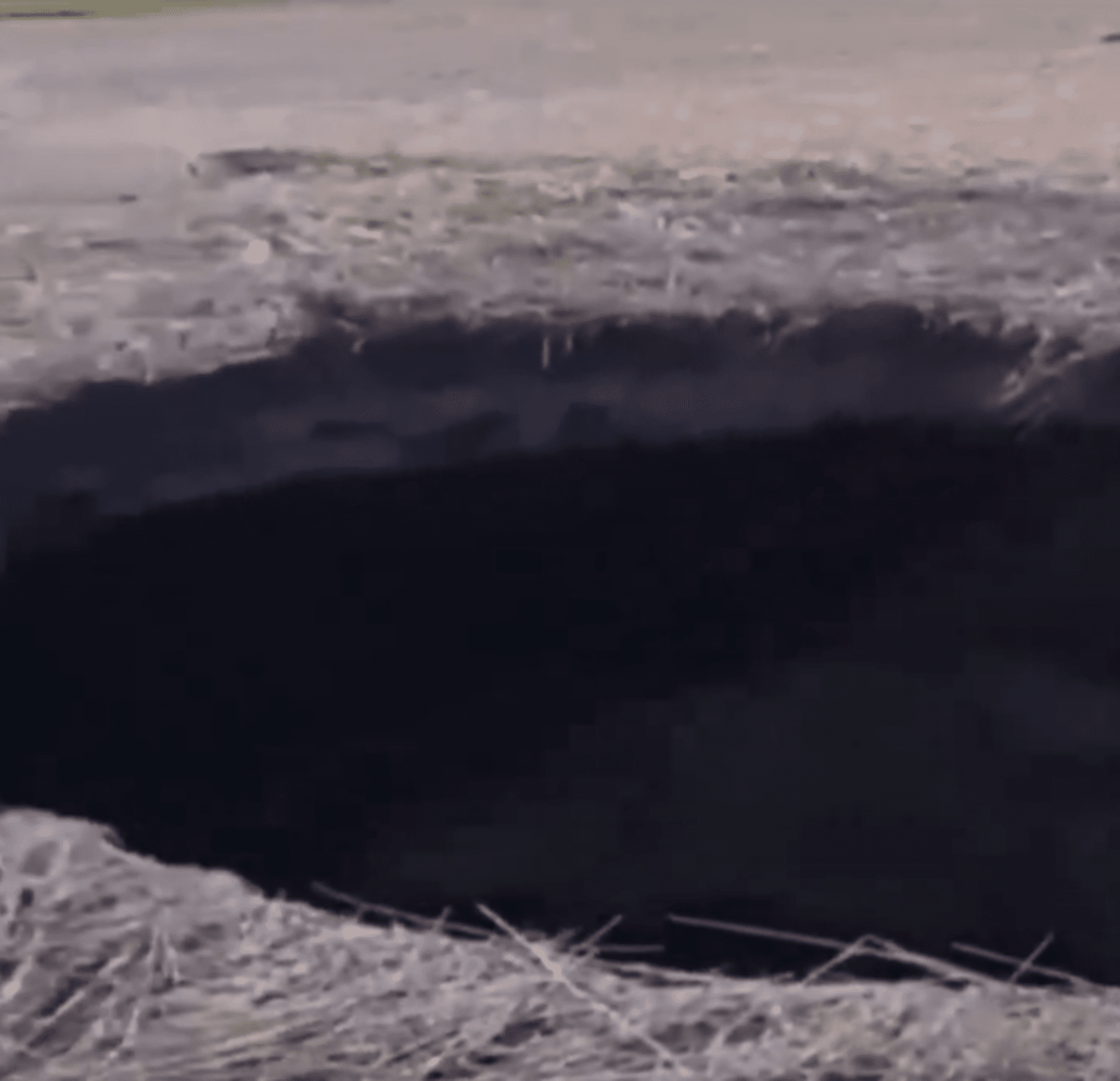
Last year, scientists found that there might be liquid water deep below Mars's southern polar ice cap. Responding to this published discovery, another team from the University of Arizona found that this water, if it did indeed exist, would require an underground source of heat to become liquid, according to a study published in the journal Geophysical Research Letters.
The authors of the paper, Michael Sori and Ali Bramson, argued that this heat would likely result from relatively recent subterranean volcanic activity. If this hypothesis is confirmed, it would indicate that Mars is a more geologically active planet than previously believed.
The researchers also noted that if the recent volcanic activity had not occurred, then there was unlikely to be liquid water below the planet's more than 1-mile thick ice sheets.
On Earth, liquid water is often found at the base of ice sheets because of the fact that heat radiates from below the surface and becomes trapped, which causes it to melt. Last year's paper, published in the journal Science, presented data suggesting that liquid water could also be found below Mars's southern ice sheet—much like on our planet—although the study did not provide an explanation as to how it could exist there.
"We thought there was a lot of room to investigate the geological conditions that would be needed for this water to exist in the first place," Sori told Newsweek.
To work out what could be sustaining the predicted liquid water, the scientists first assumed it existed and then used computer models to model Mars's physical properties and adjust for different factors. Because the red planet has much less heat radiating from its interior than our own, the scientists proposed different ideas for what could be causing water to melt at the bottom of the ice sheets.
One model suggested that salt could be responsible because the mineral significantly lowers the melting point of ice. But the researchers found that this effect would not be sufficient to sustain the liquid water.
In light of this, the team proposed another explanation: that heat was coming from another source, specifically, a chamber filled with magma that formed below the Martian surface around 300,000 years ago. The researchers suggested this could have been releasing heat, which kept the water at the bottom of the ice caps liquid.
"The key finding is that Mars is too cold for liquid water to exist under normal conditions," Sori said. "We found this conclusion to be true even if the water is located beneath a lot of ice—which helps insulate the material and keeps it warmer—and/or if the water was salty. Instead, we found that you really need a local heat source of some sort to get temperatures warm enough to melt ice.
"The way that you could plausibly do it is if there has been recent intrusive magmatism—which is like volcanic activity, but the molten rock never makes it all the way to the surface," he said. "So, the main conclusion of the study is really an if-then statement: If the water exists, then there must be recent geological activity in the subsurface that provided heat."
If these suggestions are true, it could mean that underground volcanic activity may still be occurring on the planet today, despite the views of some scientists that it had largely stopped in relatively recent times.
"There is no evidence for active volcanism erupting onto the surface of Mars today," Bramson told Newsweek. "Though other studies have suggested lava flows elsewhere on the surface could be as young as forming several million years ago."
"Our results suggest that if there is liquid water at the base of the ice, subsurface magma processes could have still been active extremely recently geologically, such that the base of the ice is feeling the heat from the magma chamber today," he said. "So, if there is basal melting at the south polar ice cap, it could imply that the interior of Mars is still warm enough to support volcanic activity."
The question of whether or not Mars hosts liquid water on the surface has significant implications both for plans to set up permanent settlements there and the search for life on Mars.
"We think that if there is any life, it likely has to be protected in the subsurface from the radiation," Bramson said in a statement. "If there are still magmatic processes active today, maybe they were more common in the recent past, and could supply more widespread melting. This could provide a more favorable environment for liquid water and thus, perhaps, life."
This article was updated to include additional comments from Ali Bramson.
Uncommon Knowledge
Newsweek is committed to challenging conventional wisdom and finding connections in the search for common ground.
Newsweek is committed to challenging conventional wisdom and finding connections in the search for common ground.
About the writer
Aristos is a Newsweek science reporter with the London, U.K., bureau. He reports on science and health topics, including; animal, ... Read more
To read how Newsweek uses AI as a newsroom tool, Click here.








